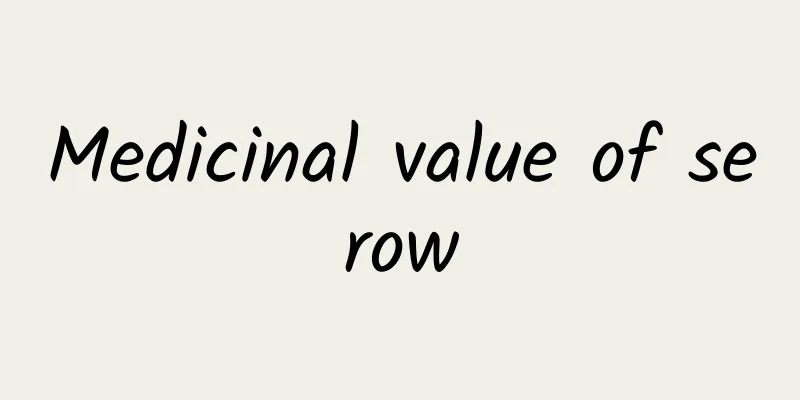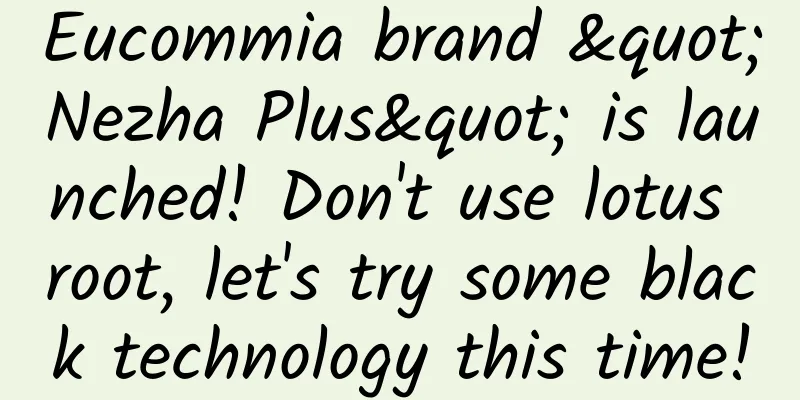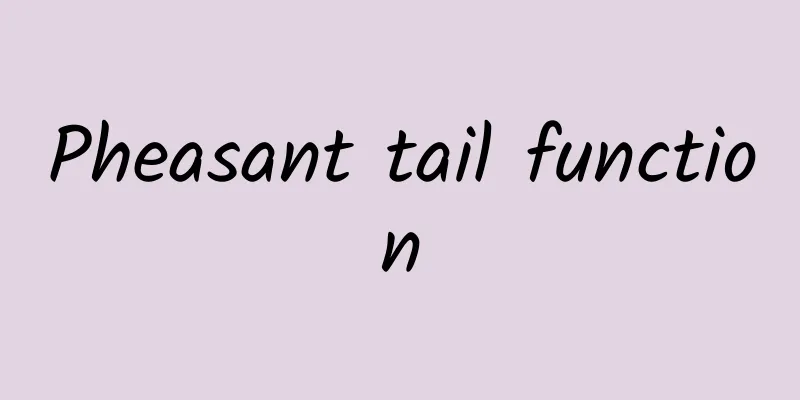What is the medicinal value of Di Gu Pi

|
Before using traditional Chinese medicine to treat diseases, we must first understand the medicinal value of traditional Chinese medicine. This is the only way to know what disease is suitable for treatment. This will prevent unnecessary physical illness symptoms from being caused by the misuse of medicinal materials. It is very beneficial for maintaining good health. There are many types of Chinese medicine. Today we will introduce to you in detail the medicinal value of Rehmannia glutinosa. 1. Effects on the cardiovascular system: The infusion, tincture and decoction of Radix Rehmanniae have a significant antihypertensive effect on anesthetized dogs, cats and rabbits when injected intravenously, accompanied by a slowing of the heart rate and a quickening of breathing; the effect of the infusion seems to be better than that of the decoction; repeated administration can produce varying degrees of rapid tolerance. The concentrated tincture also exhibits a long-lasting and stable antihypertensive effect when injected intramuscularly into anesthetized dogs and cats or when the decoction is administered orally to unanesthetized rats. The antihypertensive effect of Lycium bark is related to the central nervous system, and it may also have the effect of blocking sympathetic nerve endings and directly dilating blood vessels. During the period of hypotensive treatment, there were no obvious changes in the electrocardiogram except for a slower heart rate and a decrease in T waves. A toxic dose could cause partial or even complete block of atrioventricular conduction in the guinea pig's heart. 2. Hypoglycemic effect: When rabbits were gavaged with a decoction of Radix Rehmanniae, their blood sugar levels first increased for a short time, then decreased permanently, and did not recover after 4 to 8 hours. It has no significant antagonistic effect on hyperglycemia caused by injection of epinephrine. When the extract was injected subcutaneously into rabbits, blood sugar was also lowered. Another extract from the root of bearded wolfberry caused a significant and lasting decrease in blood sugar in rats and increased carbohydrate tolerance. Its blood sugar-lowering effect was due to the guanidine derivatives it contained. 3. Antipyretic effect: Rehmannia root bark has a significant antipyretic effect on rabbits with artificial fever. Its ether extract and the aqueous extract of the residue after ethanol extraction had no effect, while the ethanol extract, water extract or aqueous extract of the residue after ether extraction all had an effect. Its antipyretic effect is weaker than that of aminopyrine and is approximately equal to that of other antipyretics. 4. Anti-pathogenic effect: The decoction of Radix Rehmanniae has a strong inhibitory effect on Salmonella typhi, Salmonella paratyphi A and Shigella flexneri, but has no effect on Staphylococcus aureus; it has an inhibitory effect on the cytopathic effect of the Asian influenza A virus strain Jingke 68-1; it is a low-efficiency antibacterial drug for Mycobacterium tuberculosis. 5. Other effects: The decoction of Radix Rehmanniae has an inhibitory effect on the production of interleukin-2 by spleen cells of normal mice; it has a significant enhancing effect on the reduced production of interleukin-2 by spleen cells of mice induced by cyclophosphamide; and it has an inhibitory effect on the abnormal production of interleukin-2 induced by azathioprine. After knowing the medicinal value of Rehmannia glutinosa, we should use it according to its medicinal value. This will enable the diseases targeted by Rehmannia glutinosa to achieve very good therapeutic effects. In addition, we should pay attention to some taboos in the use of Rehmannia glutinosa, so that the medicine can better exert its effect without causing any adverse harm to the patient's body. |
<<: What are the dangers of electroacupuncture?
>>: What are the medicinal values of ground ginseng?
Recommend
The efficacy and function of Gentiana gentiana[picture]
What are the functions of Gentiana [Picture]? As ...
The efficacy and effects of poison hemlock
There are so many medicinal herbs in the world, a...
Let foodies deal with invasive species, this country has done it
= "Let foodies solve the problem of invasive...
Eel head effects and functions
Eel head has a long history, and until now, the u...
How to make the Chinese herbal medicine Fangji Huangqi weight loss soup?
There are many ways to lose weight. Some friends ...
The efficacy and function of elephant bark wood
The Chinese medicinal herb Elephanthus is a relat...
Effects and usage of broken wall Ganoderma lucidum spore powder
The broken wall Ganoderma lucidum spore powder co...
Hawthorn yogurt exported to the United States is labeled with a "cancer warning". Is this snack still edible?
Recently, in a hotly circulated content, a big &q...
Does the rhinoceros beetle have great medicinal value?
Traditional Chinese medicine often uses some seem...
Open your eyes, shrug your shoulders, and awaken: the paradox of humanoid robots and the final fantasy
The most terrifying thing recently is the humanoi...
The efficacy and function of banana oil
Many people are not very clear about the efficacy...
How many people can the earth support?
As early as 2012, the academic journal Journal of...
Real people tested 16 liquid foundations, ranging from 59.9 yuan to 950 yuan, this time they are all tested
How to choose a bottle of liquid foundation that ...
How much rush should be used
It is quite common for children to cry at night. ...
What are the effects of Alisma?
Alisma, also known as water diarrhea, is a marsh ...









